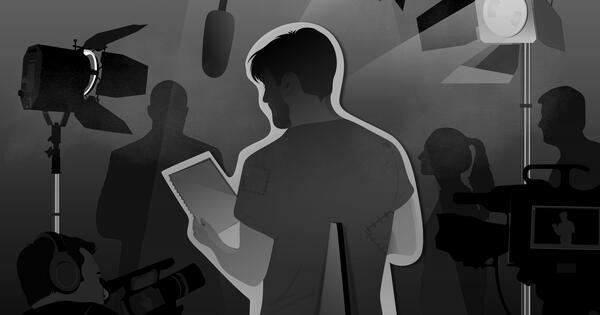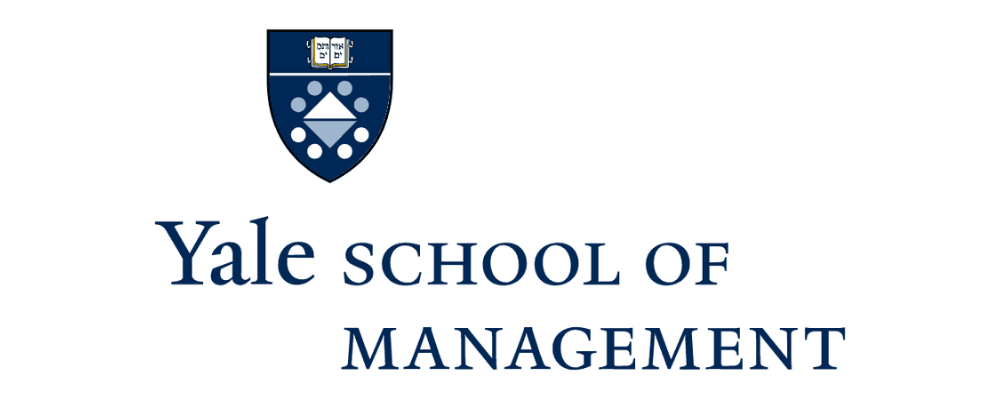
There’s a reason charity advertisements often revolve around a specific person: an upsetting picture or story is more likely to elicit donations than are statistics or depictions of a group’s collective plight. Psychologists refer to our tendency to open our hearts and wallets wider for specific people than we do for generalized ones as the “identifiable victim effect.”
Yale SOM’s Deborah Small, who studies the areas where consumer choice, moral judgment, and prosocial behavior overlap, has devoted several research projects to exploring the intricacies of the identifiable victim effect. In one study, she tested what happened when potential donors were informed about the biases driven by the identifiable victim effect; she found that rather than trying to balance their giving by being more generous to the unidentified, subjects simply gave less to identifiable ones. In another, she examined how the facial expressions of people portrayed in charitable advertisements impacted donations.
Over the course of these projects, people often raised a separate controversy around the ethics of soliciting aid via graphic depictions of human suffering. Critics have labeled such tactics as harmful “poverty porn,” decrying such images as exploitative, objectifying, and deceptive. As Small considered these moral objections, she wondered about their pervasiveness.
“I’m interested not just in how people behave, but also in people’s ethical intuitions about what’s right and wrong,” Small says. “I was curious as to whether those criticisms were intuitively shared by most laypeople—and if so, why?”
She also wondered where potential donors drew the line when it comes to such advertisements. Does it matter how accurate the disturbing images are? Are emotional manipulation or white lies acceptable if they’re for a good cause?
Small and Shannon Duncan, a PhD candidate at the Wharton School of Business, and Emma Levine of the University of Chicago Booth School of Business, who is currently a visiting faculty member at Yale SOM, conducted a series of studies that asked participants to rate the acceptability of various aid organization marketing tactics. Their results were clear and consistent: most people saw little problem with charitable organizations leveraging the “identifiable victim effect” and including real people in their marketing campaigns, with one big exception: “On average, people think this is fine,” Small says, “except when it involves deception.”
The researchers’ approach enabled them to dig deeper and deeper into the insights their consecutive experiments yielded as they progressed. By the final experiments, the researchers were breaking down the broad concept of “deception” into ever-more-specific definitions, to discern which aspect most bothered observers.
The first step Small and her co-authors undertook was specifying what’s meant when a critic charges an organization of disseminating “poverty porn.” They read as many such critiques as they could find and coded them, upon noticing that the accusations could be sorted into two categories: they either represented a charge of exploitation/objectification (in other words, with a focus on how the subject of the image could be harmed by the depiction) or of manipulation/deception (more concerned with how the potential donor audience is harmed).
With these categories in mind, the researchers created questionnaires asking subjects to evaluate the ethical acceptability of various tactics that could fall under the umbrella of “poverty porn.” In the first set of studies, for example, subjects rated five tactics that could potentially be employed by charities to solicit donations: using an actor to depict someone in need, using a stereotypical image of poverty, using a staged photograph, using a celebrity, or depicting an aid recipient’s worst moments. The subjects rated each strategy on a seven-point scale, from “not acceptable at all” to “completely acceptable.”
In these first studies, it turned out that the tactics involving deception (using an actor or staging a photograph) were judged as less acceptable than those characterized by stereotyping or objectifying (like showing a person’s worst moment or relying on stereotypical images).
“Once we saw that the primary objection was to deception,” Small says, “that led us to really want to understand what about deception was bothering people.”
In the context of charity advertising, the researchers considered an artificial tactic to be one that recreates or imitates reality—for example, hiring a child actor for a photo shoot about a village in need of aid. A misleading tactic would be one that uses photos of a child who does indeed live in the village being served, but cherry-picks the worst-off youngster for the photo shoot. They asked subjects to rate the acceptability of these scenarios, while also varying whether survey respondents were informed that the child in the photo represented the typical situation in that village, or the most-extreme case.
Small was fascinated by what the results suggested: subjects were much more bothered by any whiff of artificiality in the tactics (even if, say, the child actor did represent a close approximation of reality) than they were about misleading strategies (when the photo wasn’t attempting to represent the typical situation).
These findings were sufficiently surprising to Small that she’s now working on new research to delve deeper into ethical judgements of deception in advertising. For this next research project, she’s expanding beyond charity advertising to look at evaluations of standard marketing campaigns. In one survey, participants are asked to evaluate ads for a weight-loss program: Which is more ethically acceptable, an ad showing before-and-after images of the client who’s lost the most weight, or an ad featuring someone never used the program? The judgments follow a similar pattern: respondents judge the more artificial ads more harshly. But those who view an ad with a subject who is genuine but atypical have a less accurate view of the product.
“The people who are most misled are those who see the misrepresentative ads,” Small says, “But in their ethical judgements, people still think of that strategy as the more acceptable one.”
“The Yale School of Management is the graduate business school of Yale University, a private research university in New Haven, Connecticut.”
Please visit the firm link to site


